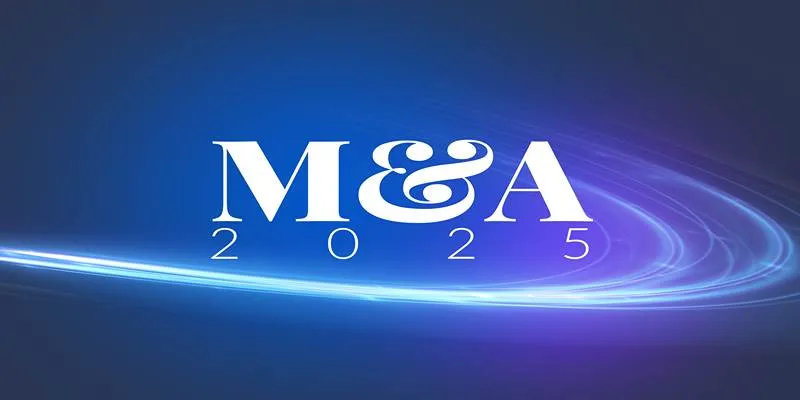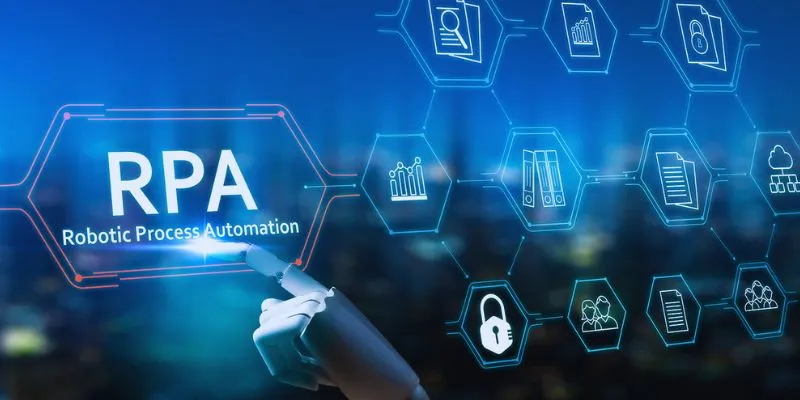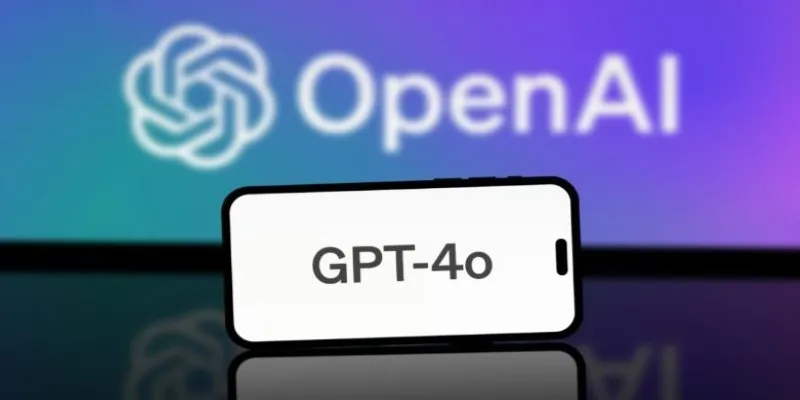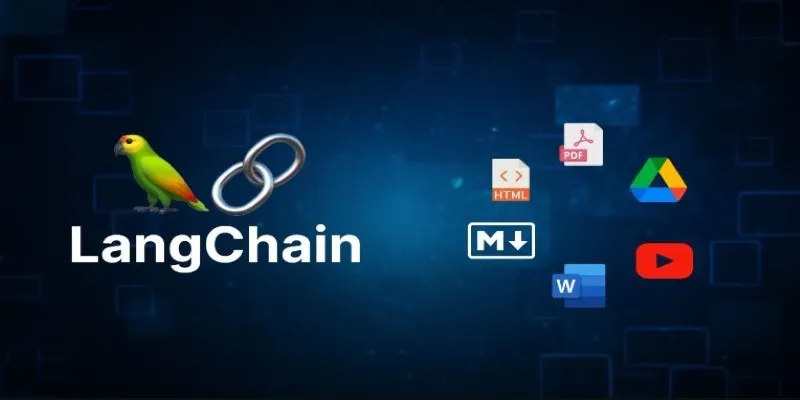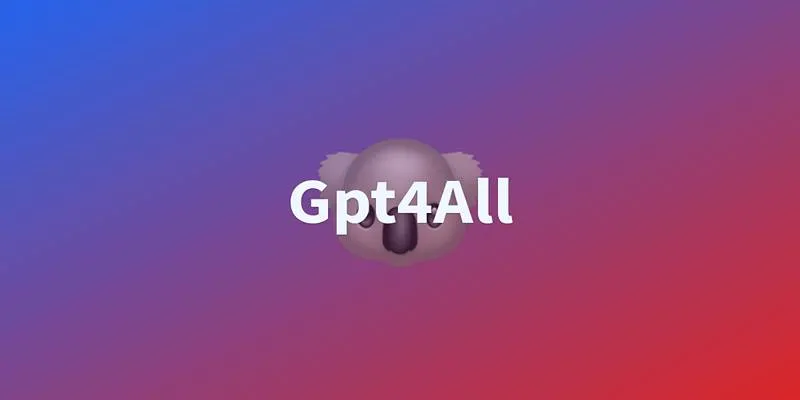AI chatbots have quickly become indispensable tools across industries. Whether you’re using them to streamline your workflow, write content, answer customer queries, or conduct research, their impact is undeniable. As more platforms introduce premium versions of their chatbot services, it’s essential to understand what you’re actually paying for.
With numerous AI chatbots on the market—powered by varying models and offering different levels of performance—choosing the right one can be tricky. Some tools prioritize speed, while others focus on depth of understanding. To help you make a well-informed decision, this post outlines 7 critical features to consider before subscribing to any AI chatbot service.
1. Response Accuracy and Reliability
The most fundamental expectation from an AI chatbot is accurate responses. However, no chatbot is perfect. Even the best models occasionally generate flawed or misleading outputs—a phenomenon often called “AI hallucination.” Inaccuracies become more apparent when the chatbot is given long-form or complex queries that require contextual comprehension.
While free versions of tools like ChatGPT or Perplexity AI offer a decent preview of how a chatbot performs, premium versions typically use more advanced language models that improve output accuracy. Before committing to a subscription, evaluate how reliably the chatbot handles nuanced queries. Accuracy isn’t just about facts—it’s also about delivering answers that make logical, contextual sense.
2. Security and Data Privacy

Privacy should be a top priority when selecting any AI chatbot, especially for users handling sensitive information. Some platforms review your interactions to improve their models, which raises valid concerns about how that data is stored and used. If you’re inputting personal or professional data, you’ll want to ensure that the platform follows strict data security practices.
Look for services that clearly outline their privacy policies and give you control over data retention and sharing. A reliable chatbot service should not store your conversations indefinitely or use them for training without your explicit consent. The ability to delete conversations or toggle off data training features is a significant plus.
3. Contextual Understanding
Context is what separates a capable AI chatbot from a basic search engine. A good chatbot not only understands individual queries but also retains context across multi-turn conversations. This ability allows it to give more relevant responses, ask clarifying questions, and build upon earlier interactions.
Premium plans usually leverage more advanced models that support longer context windows. It means the AI can remember and refer to earlier parts of a conversation, enhancing coherence and accuracy. If the chatbot loses context easily, you’ll find yourself repeating information—something that can quickly become frustrating in professional use.
4. Knowledge Base and Access to Updated Information
Many AI models are trained on datasets with fixed cut-off dates, meaning they cannot reference events or data beyond a certain point. This limitation affects their usefulness, especially in rapidly evolving fields like tech, medicine, or current events.
Some premium versions overcome this limitation by integrating real-time web browsing capabilities or plugins. Services like Bing AI or ChatGPT Plus allow users to pull in current web content, which enhances the chatbot’s value significantly. If staying updated is crucial for your workflow, make sure the AI chatbot you’re considering can access recent or real-time information.
5. Language Model and Performance Capabilities
The underlying language model determines how intelligent, nuanced, and reliable a chatbot can be. Most popular chatbots today use large language models (LLMs) like GPT-3, GPT-4, PaLM 2, or LLaMA. The difference in model capabilities becomes especially evident when handling complex, open-ended questions or generating structured content.
Free versions of most chatbots use smaller or older models, which can handle basic tasks but struggle with deeper analysis. Premium versions, on the other hand, often give access to more powerful models. For example, ChatGPT Plus users can use GPT-4, which offers better comprehension, reasoning, and memory. Subscribing to a chatbot should mean access to a more advanced model—not just faster responses.
6. Multilingual Support and Translation Accuracy
Language flexibility is increasingly important as AI chatbots become global tools. Whether you’re collaborating across borders or creating content for international audiences, multilingual support is vital. Many chatbots claim to understand and respond in multiple languages, but the quality of that support can vary greatly.
While some chatbots understand non-English inputs but always respond in English, better ones allow full bilingual interaction with seamless translation. Evaluate whether the chatbot can maintain grammar, nuance, and tone across different languages.
7. Integration with Other Tools and Platforms
A great AI chatbot doesn’t work in isolation—it fits into your existing digital ecosystem. Integration capabilities are a key feature to consider, especially if you use tools like Google Workspace, Microsoft Office, Notion, Slack, or Trello.
Some AI chatbots offer built-in support or plugins that allow them to function directly within these environments, streamlining your workflow and reducing the need to switch between apps. Advanced integrations also include API access, which allows developers to embed chatbot functionality into internal tools or customer-facing platforms.
8. Pricing, Subscription Tiers, and Value

The final and perhaps most practical consideration is cost. Most chatbot platforms offer tiered pricing: a free basic version and one or more paid tiers with enhanced features like faster performance, priority access, and advanced models. The premium experience often includes additional tools like file uploads, plugin support, and expanded usage limits.
Before committing, assess how often you’ll use the tool and whether the premium features align with your needs. If you’re using it daily for research, project management, or client interactions, paying for speed and accuracy can be well worth the investment.
Conclusion
Choosing the right AI chatbot service is more than just picking the most popular name. It’s about evaluating the features that matter most to your personal or professional workflow—accuracy, privacy, context handling, language support, model power, and, of course, value for money.
By taking the time to test free versions and review each platform’s offerings, you’ll be in a stronger position to choose a chatbot that genuinely enhances your productivity rather than becoming another tool you abandon.
 zfn9
zfn9












